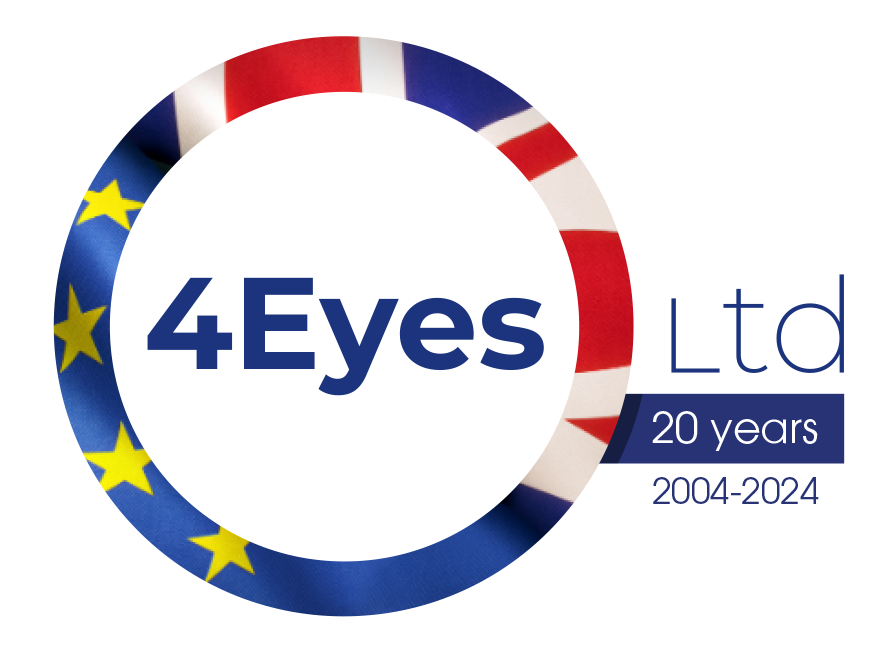CPTPP accession
Comprehensive and Progressive Agreement for Trans-Pacific Partnership (CPTPP)
The United Kingdom and the present members formally signed an accession protocol on 16 July 2023, and the terms of accession mean that the UK joins the agreement this month, as 15 months have now elapsed since the UK and a majority of CPTPP parties have ratified the protocol.
As of today (2 December), Canada and Mexico have not yet ratified the UK’s accession. For Canada and Mexico, the CPTPP provisions will not apply to imports into the UK until 60 days after they complete ratification. This, we suspect, will also mean that goods transhipped via those countries will not benefit from CPTPP preference at this time.
Traders will be able to claim CPTPP preference from goods consigned direct from any country which has ratified the UK’s accession (Japan, Singapore, New Zealand Chile, Vietnam, Peru, Malaysia, Brunei), from 15 December. Australia will be included from 24 December.
HMRC has now published details of the operation of the UK Customs Declaration System (CDS) ahead of the implementation of the CPTPP:
To enable traders to differentiate claims to preference under the terms of the Comprehensive and Progressive Agreement for Trans-Pacific Partnership (CPTPP), document code 9081 has been introduced.
When making a claim to preference under the CPTPP, the following information should be completed on the declaration:
• Document code 9081 in Data Element (DE) 2/3
• One of the following preference document codes in DE 2/3: U110, U111, U112, 9U01, 9U02, 9U03
• A preference code beginning with ‘3’ in DE 4/17 (for example, 300, 320, and so on)
• The 2-digit country code belonging to the country the goods are being imported from in DE 5/16
Failure to complete all of these Data Elements may result in the declaration being rejected.
Traders will need to specify the above data elements in clearance instructions to UK customs agents when importing goods under the CPTPP, when they can do so.
